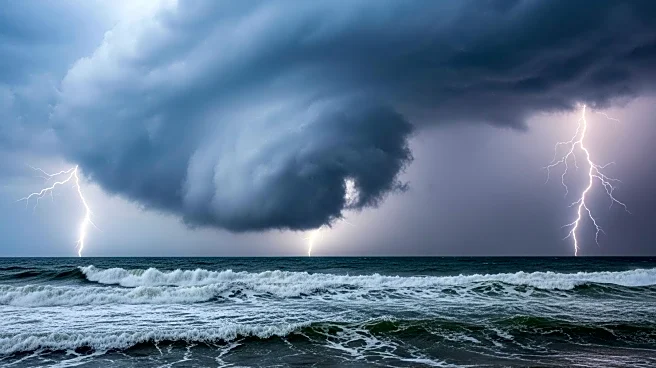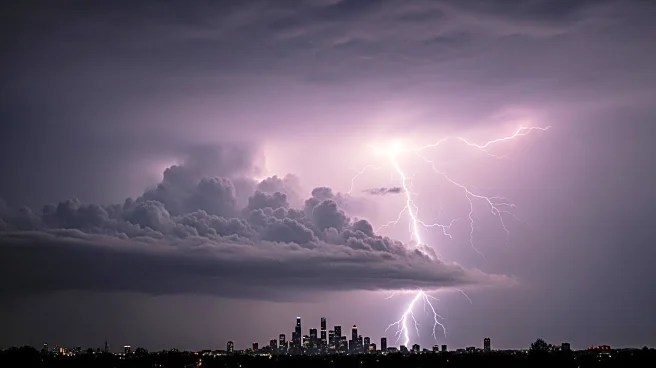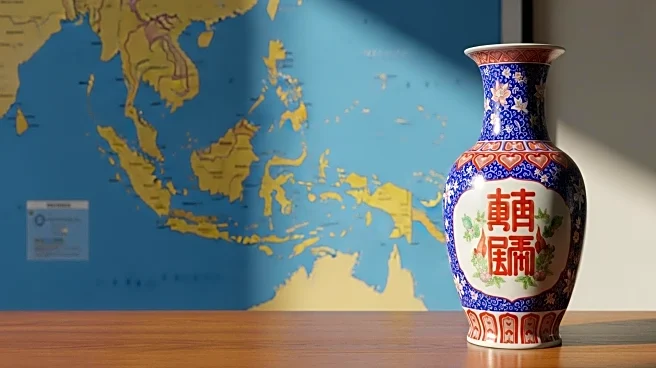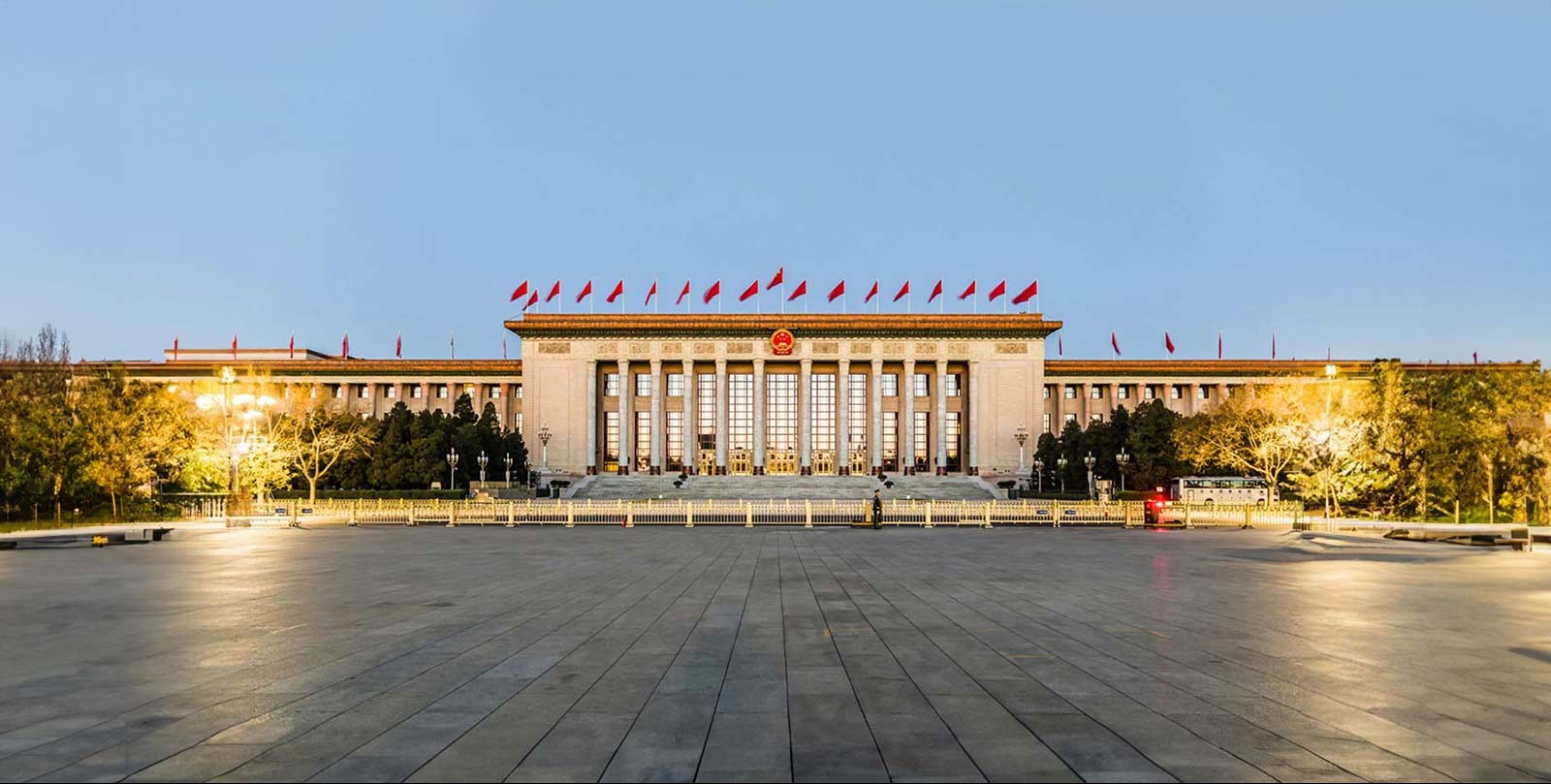What's Happening?
Super Typhoon Ragasa, the strongest storm of 2025, has made landfall in the northern region of the Philippines, prompting mass evacuations. The typhoon, with wind gusts reaching 230 km/h, poses a high risk of life-threatening storm surges, flooding, and landslides. Schools and government offices have been closed in affected areas, including the capital Manila. The remote Batanes and Babuyan islands, home to about 20,000 people, are particularly vulnerable due to poverty and limited infrastructure. Ragasa is expected to move west towards southern China, where authorities are preparing for potential catastrophic impacts.
Why It's Important?
The arrival of Super Typhoon Ragasa highlights the Philippines' vulnerability to severe weather events, exacerbated by inadequate flood control infrastructure. The storm's impact underscores the need for improved disaster preparedness and infrastructure development to protect vulnerable communities. The situation has sparked protests against government corruption, which is blamed for the lack of effective flood control measures. The typhoon's trajectory towards China and Taiwan also raises concerns about regional impacts, including potential disruptions to transportation and economic activities.
What's Next?
Authorities in the Philippines and neighboring regions are likely to focus on emergency response and recovery efforts in the aftermath of the typhoon. The government may face increased pressure to address infrastructure deficiencies and corruption issues. International aid and cooperation may be sought to support affected communities and enhance disaster preparedness. Monitoring of the typhoon's path will continue, with potential impacts on southern China and Taiwan being closely watched.













